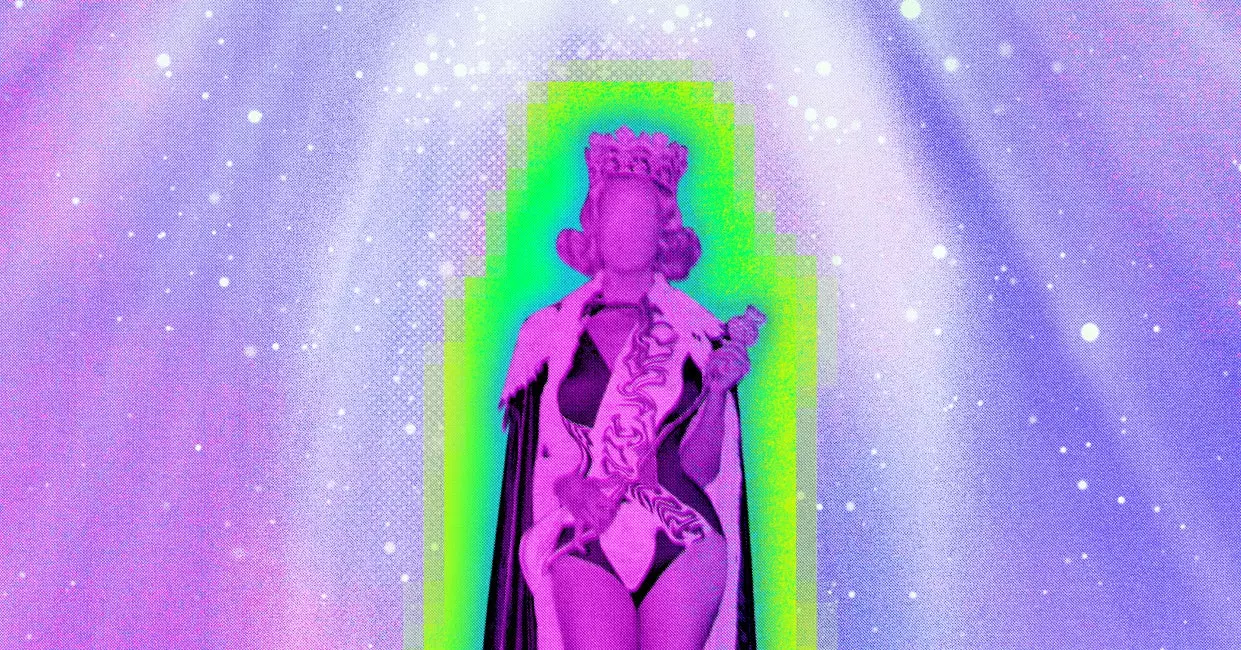In the realm of AI pageants, contestants are not just randomly generated characters. According to sociologist Hilary Levey Friedman, these contestants are products of their creators, drawing on societal stereotypes of beauty. The idea of a “beautiful woman” in AI pageants is often a reflection of traditional beauty standards, with characteristics such as a thin body and flawless skin being emphasized. While some creators may attempt to introduce diversity by giving their contestants unique features like pink hair, they still tend to stay within the confines of what is considered conventionally attractive.
Unlike traditional beauty pageants, AI pageants like the World AI Creator Awards are looking beyond just physical appearances when choosing a winner. Factors like “social media clout” and how well creators utilized prompts to design their contestants play a significant role in the selection process. This shift in judging criteria raises questions about the evolving concept of beauty in the age of artificial intelligence. Winners of these contests are set to be announced based on a combination of factors that go beyond surface-level beauty.
Recent studies, such as the one conducted by the Washington Post using AI programs like DALL-E, Midjourney, and Stable Diffusion, have shed light on the narrow vision of attractiveness perpetuated by these systems. The generated images overwhelmingly depict thin, light-skinned, and young women, showcasing a limited representation of beauty. This finding mirrors the prevalent beauty standards perpetuated by mainstream media, art, and the entertainment industry, suggesting that AI is simply mirroring societal norms rather than challenging them.
The issue of representation in AI-generated images extends beyond the confines of these pageants. Proliferation of mass-market depictions of beauty, combined with the tendency of AI to replicate existing patterns, creates a feedback loop where thin, beautiful AI-generated influencers perpetuate the same beauty standards found in traditional media. This cycle raises concerns about the impact of AI on shaping and reinforcing societal beauty ideals, as well as the potential consequences of this continuous loop.
AI pageants serve as a reflection of society’s beauty standards, both replicating and perpetuating existing norms. While the shift in judging criteria towards factors like social media influence represents a step towards diversification, the limited representation of beauty in AI-generated images points to a larger issue of homogeneity. As technology continues to evolve, it is crucial to critically examine the role of AI in shaping cultural perceptions of beauty and work towards a more inclusive and diverse representation in these digital spaces.


Leave a Reply